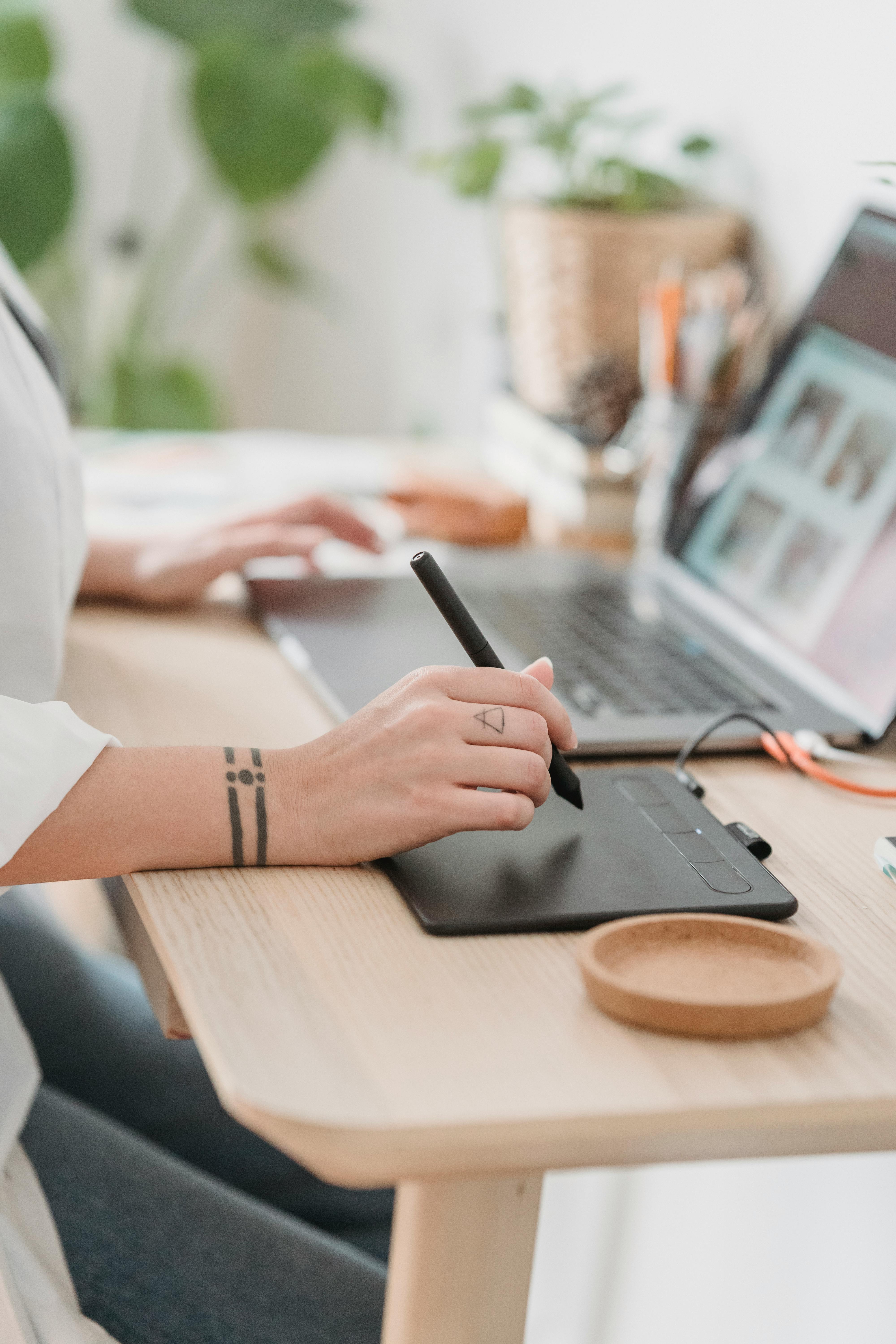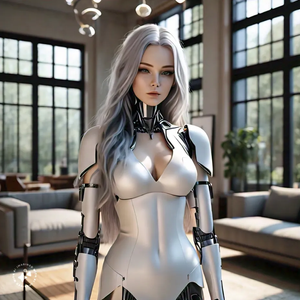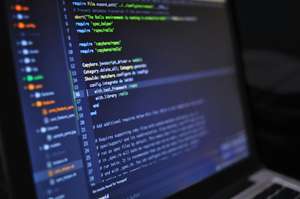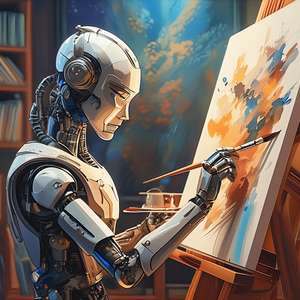
AI Changing the Art Scene
One of the most amazing developments in the creative sphere nowadays is the mix of artificial intelligence (AI) with art. AI technology develops and its uses in the arts become ever more complex and varied. From designing amazing graphics to writing complex music, artificial intelligence is altering our production and interpretation of art. Let’s examine how today’s artists employ artificial intelligence and how it influences their work.
Visual Arts and artificial intelligence
GANs—Generative Adversarial Networks (GANs) represent a major breakthrough in artificial intelligence art production. Two artificial intelligence models—the generator and the discriminator—which collaborate to produce shockingly lifelike images make up these networks. The generator creates images; the discriminator evaluates them and uses continuous feedback to hone the output. Often the outcomes are shockingly aesthetically pleasing and lifelike.
For instance, sold for $432,500 at Christie’s the Paris-based art collective Obvious’s “Portrait of Edmond de Belamy,” created with a GAN. This deal was a major turning point proving artificial intelligence’s viability in the conventional art market.
Style Transference
An other amazing application of artificial intelligence in the visual arts is style transfer. Using neural networks, this technique applies stylistic ideas from one image to another. Imagine transforming a picture into the Van Gogh “Starry Night” style transfer allows for and presents a universe of creative options.
Popular tool Prisma turns everyday images into artworks influenced by well-known painters. It gives consumers an original way to improve their pictures.
AI, Musical Composition, and Performance
The music business is another where artificial intelligence is having influence. From classical to pop, and often generate works that sound like they were produced by human musicians, AI algorithms can currently create original music in a range of genres.
Using up to ten instruments, OpenAI’s MuseNet AI model can create intricate musical compositions that replicate the genres and styles of many artists. Using deep learning, it forecasts the next note in a sequence to generate harmonic and coherent compositions.
Cooperative Production
AI is a technology that musicians find helpful, not simply for creating music. Bringing fresh ideas and inspiration, AI-powered software can assist create melodies, harmonies, and rhythms.
Working with artists, AIVA—Artificial Intelligence Virtual Artist—produces music for movies, video games, and advertising. Musicians send ideas; AIVA helps them develop into whole compositions therefore accelerating the creative process.
Artificial intelligence and literature: generation of stories
Artificial intelligence turns out to be a formidable weapon in the literary field. Natural language processing (NLP) systems could produce stories, poems, even whole books. These AI-generated books span simple and entertaining to advanced and provocative.
Short tales, poetry, and essays written using OpenAI’s GPT-3 language model have Its ability to create coherent, contextually appropriate language increases the options for writers and content creators.
Interactive Reading Fiction
By letting readers mold the course of the narrative, artificial intelligence is also enhancing interactive storytelling. Stories driven by artificial intelligence change to fit reader tastes, so offering a unique and interesting experience.
Powered by artificial intelligence, AI Dungeon is a text adventure game using GPT-3 to create interactive stories based on user input, therefore producing a customized narrative experience.
The Artful Future of AI
Including artificial intelligence into the creative sector raises fascinating issues and opportunities. Artificial intelligence could democratize the production of art, therefore increasing its availability to a larger audience. For artists, it can also be a useful tool enabling them to investigate uncharted creative territory.
But the emergence of AI-generated art begs philosophical and ethical questions about originality and authoring. The difference between human and machine creativity may dissolve as artificial intelligence develops, therefore testing our preconceptions about artistic ability.
Moreover, the financial possibilities of artificial intelligence art could revolutionize the creative field. Works produced by artificial intelligence may challenge accepted creative forms, therefore changing the dynamics of the sector.
Conclusion
Using artificial intelligence to produce art highlights the amazing technological advances. From visual art to music to literature to interactive fiction, artificial intelligence is stretching the boundaries of invention in many disciplines. Technology presents amazing possibilities but also forces us to rethink the nature of creativity and the evolving interplay between people and robots. One thing is abundantly evident as we keep looking at this fascinating junction: artificial intelligence will be transformative in the field of art.





